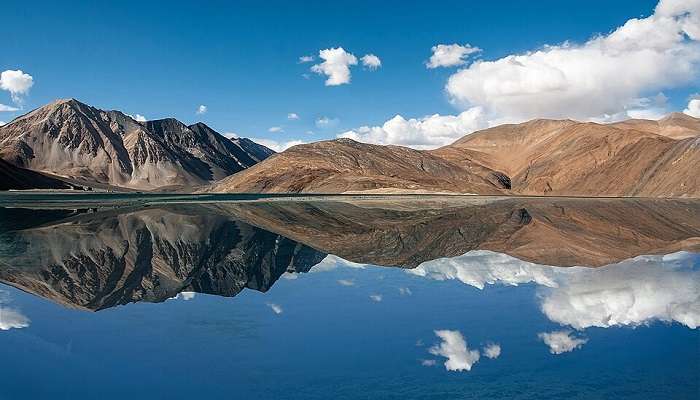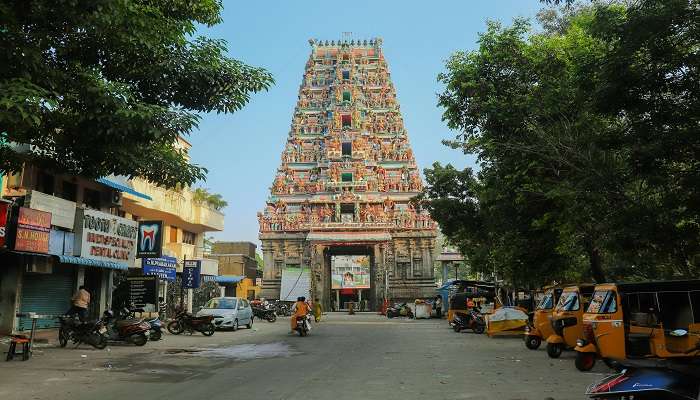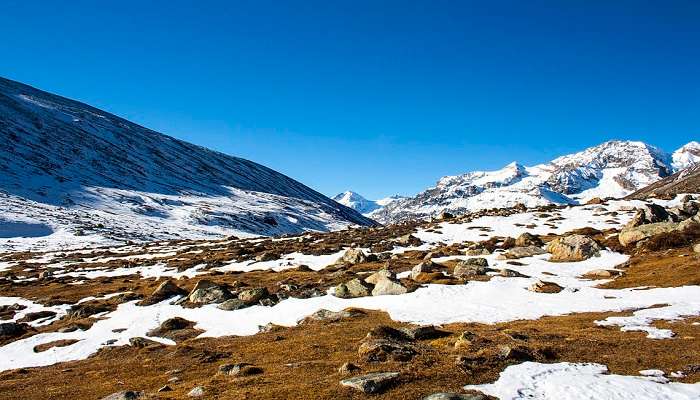Visit Arabuko Sokoke Forest In 2025 For An Amazing Trip To Kenya
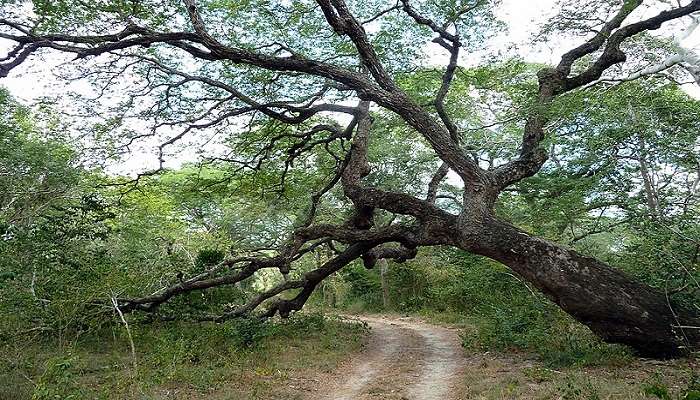
The Arabuko Sokoke Forest Reserve is situated on the coast of Kenya, about 110 km north of Mombasa, and is preserved as a National Forest Reserve. The Arabuko Sokoke Forest is prone to endemism, comprising endemic mammals, plants, and birds. It has three forest types, mixed forest, Brachystegia, and Cynometra and each protects different types of flora and fauna. It gives protection to many endemic and semi-endemic species. Tourists can find the beautiful golden-rumped elephant shrew which is one of the main attractions of the park’s endemic animals along with the Sokoke bushy-tailed mongoose and Ader’s duiker are some of the animals spotted here.
Arabuko Sokoke Forest History
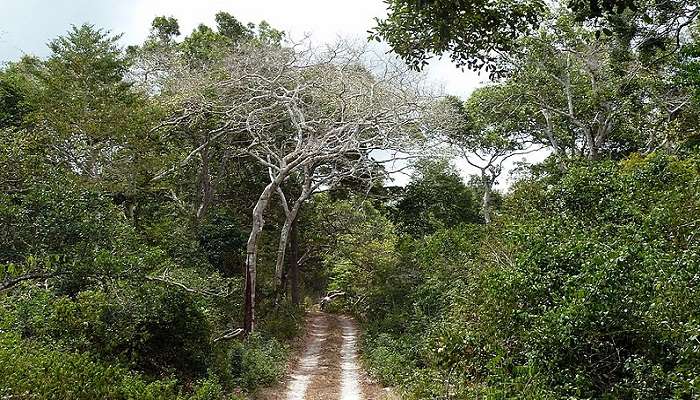
The Arabuko-Sokoke Forest is the largest remaining fragment of dry coastal forests that once stretched along a significant portion of the East African coastline. Situated just inland of the small beach town of Watamu, the 416 sq km forest lies 180km north of Mombasa, between Malindi and Kilifi. Within the Arabuko-Sokoke Forest Reserve, a tiny percentage of the total area is gazetted as the Arabuko-Sokoke National Park in the north-western corner. Regarding wildlife, the forest reserve is regarded as an area of high endemism with endemic birds and mammals. It has three forest types, mixed forest, Brachystegia, and Cynometra, each of which hosts different types of plants and animals. The forest is threatened by the desire for land by local people.
Must Read: Places To Visit In Kenya
Activities To Do At The Forest
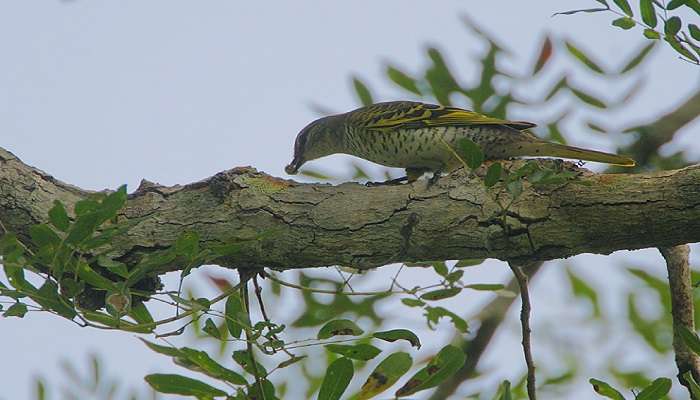
Wildlife Viewing and safari are the two main activities here. Arabuko Sokoke Forest Reserve is not primarily a wildlife-viewing destination. Buffalo, elephant, and leopard are present, but sightings are rare. Blue, red, and common duikers can sometimes be spotted. The forest is home to 250 different butterfly species, of which four occur nowhere else in the world. Visit Kipepeo Butterfly Farm to see these dazzling creatures. Bird watching is another activity that tourists can enjoy. Other sought-after species that can be seen here include the Sokoke pipit, Amani sunbird, and chestnut-fronted helmet-shrike. As always, forests don’t offer easy bird watching, but the rewards of interesting species are plentiful here.
Places To Visit Near The Forest
Here are a few places near Arabuko Sokoke Forest that will help you make the best vacation to Kenya, Africa. Check it out if you plan to visit the forest:
1. Watamu Marine National Park & Reserve
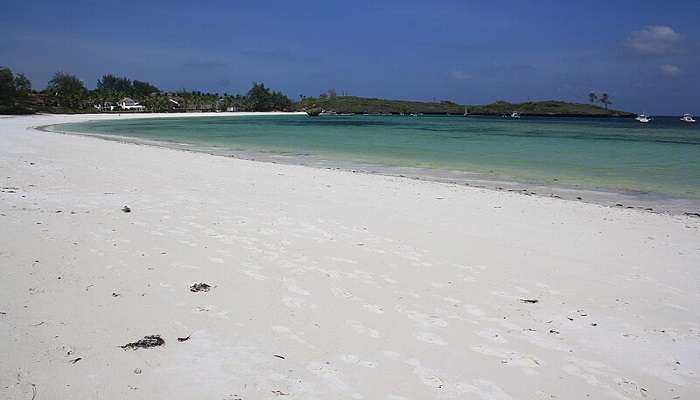
Watamu Marine National Park and Reserve was established in 1968 and is now part of a UN-recognised World Biosphere Reserve. The park is part of a complex of marine and tidal habitats along Kenya’s north coast with rich and diverse bird life, fish, turtles, and dugongs. Visitors can enjoy the white sandy beaches, snorkeling, water skiing, windsurfing, and glass-bottomed boat tours. Diving, snorkeling, sunbathing, and much more. A unique coral garden, mida creek, and haven of green turtles. The park’s coral reefs form the physical and biological backbone of the area. With over 150 species of hard and soft corals, such as brain corals, fan corals, and sponges, it provides abundant nutrients for fish. The main park has over 500 species of fish and the reserve has over 1000.
Location: 140 km north of Mombasa, Kenya
Distance From Arabuko Sokoke Forest: 10 km
Suggested Read: Things To Do In Nairobi
2. Malindi Marine Boat Excursions
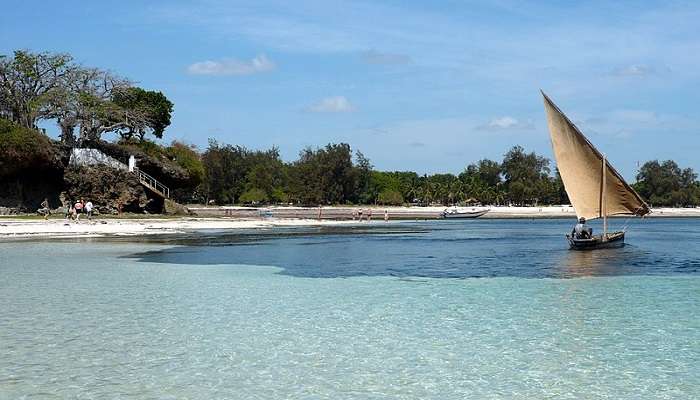
These excursions take place in Malindi Marine National Park located in the Indian Ocean, off the coast of Kenya. It is claimed to be the oldest marine park in Africa. The park lies at Malindi, about 118 km north of Mombasa, and is protected and administered by the Kenya Wildlife Service. The park provides activities like camping, diving, snorkeling, park walks, water surfing, and more.
Location: Casuarina Road, Malindi, Kenya
Distance From Arabuko Sokoke Forest: 22 km
3. Vasco Da Gama Pillar
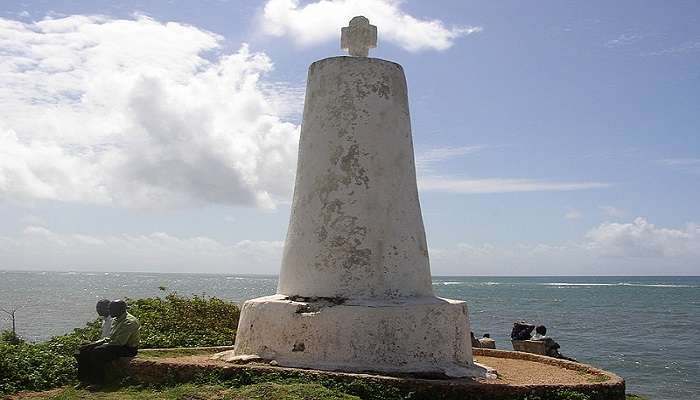
Vasco da Gama pillar is one of the major safari attractions in Malindi Kenya, this was named after Vasco da Gama, and it is one of the most famous and celebrated explores of the Age of Discovery, Vasco da Gama is so famous because he discovered the sea route to India that opened the way for Portuguese to establish a long-lasting colonial empire along the way from Africa to Asia. The major reason for the Vasco Da Gama pillar was to help the Portuguese sailors get to India through the same account the pillar played a very important role in the navigation and trade between India and Portugal.
Location: Malindi town, Kenya
Distance From Arabuko Sokoke Forest: 19 km
Suggested Read: Haller Park Mombasa
4. Gede Ruins Malindi
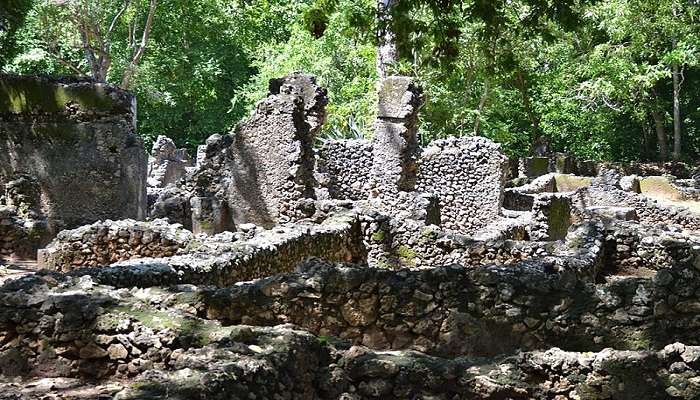
The ruins of Gedi are a historical and archaeological site near the Indian Ocean coast of eastern Kenya. The site is adjacent to the town of Gedi (also known as Gede) in the Kilifi District and within the Arabuko-Sokoke Forest. Gedi is one of many medieval Swahili coastal settlements. Although there are few historical documents specifically associating Gedi with the Indian Ocean trade, the site is thought to have been one of the most important sites along the coast. Gedi’s architecture and an abundance of imported material culture, including pottery, beads, and coins, provide evidence of the city’s rising prosperity
Location: Eastern coast, Kilifi District, Kenya
Distance From Arabuko Sokoke Forest: 3.1 km
Location & Timings Of The Forest
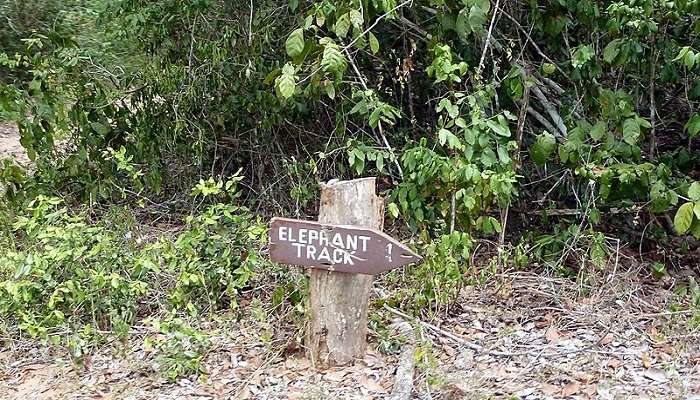
The Arabuko Sokoke Forest Reserve is located on the coast of Kenya, 110 km north of Mombasa, and is protected as a National Forest Reserve. The National Park was gazetted only in the late 1980s and in fact, straddles the Forest Reserve boundary, with about 50% lying outside the boundary. This outer section lies outside an electric elephant fence installed in 2006/7. It is now fully inhabited by local communities to the extent that there is no sign on the ground to show where the National Park begins or ends. The visiting hours are from 6 am to 6 pm.
Suggested Read: Bomas Of Kenya
How To Reach
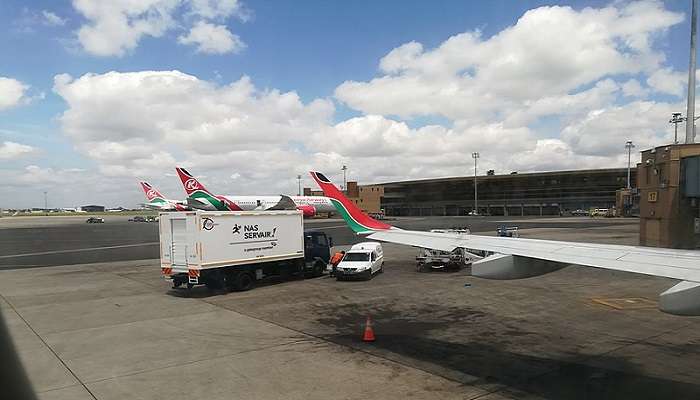
If you plan on going to the Arabuko Sokoke Forest then here is how you can reach the forest:
By Air – Jomo Kenyatta International Airport (NBO), 15km southeast of the capital city of Nairobi.
By Train – A train from Mombasa is an easy ride to Arabuko Sokoke Forest.
By Road – This reserve lies along the tarmac Mombasa – Malindi highway, approximately 100 km from Mombasa town and 18 km from Malindi. The forest has a network of driving tracks and walking trails. Many sections of the forest are accessible by saloon cars but for best access to all tracks, a 4 x 4 Wheel drive safari vehicle is recommended, for your smooth ride to this park.
Further Read: Mombasa To Nairobi
Let your next excursion be an exploration of the treasure trove of Africa. Take a Kenya tour, and go amidst the undulating landscapes of Africa for an enchanting experience. Now that you have the perfect guide for a visit to the Arabuko Sokoke Forest, it is time to plan your next best vacation in the beautiful land of Africa. Book your tickets for an awesome Trip To Kenya!
For our editorial codes of conduct and copyright disclaimer, please click here.
Cover Image Credit: Николай Максимович for Wikimedia Common
Frequently Asked Questions About Arabuko Sokoke Forest
What is the best time to visit the forest?
It is possible to visit Arabuko Sokoke Forest Reserve at any time of year. However, heavy rain might interfere with drives and forest hikes. There is rain along the coast throughout the year, but the months of April and May are very wet and therefore less ideal.
How much time does it take to cover the forest?
It takes about 2 to 3 hours to explore the entire forest reserve and the wildlife there. However, you can always spend more time soaking in the ambiance of the forest and looking closer at the flora and fauna.
What is the usual weather in Kenya?
Arabuko Sokoke Forest Reserve has a hot and humid coastal climate, cooled by strong breezes. Average afternoon temperatures are around 29°C. Although it cools down a bit, nighttime is still warm with temperatures of 22°C. It rains throughout the year but peaks during the short rains (October to November) and long rains (April to May).
Is there any entry fee to visit Arabuko Sokoke Forest?
The entry fee to the forest is listed below:
- Kenya and EAC Citizens (Kshs)
- Adult per day 200
- Child per day 50
- School party (per person per day) 20
- Kenyan Residents (Kshs)
- Adult per day 400
- Child per day 100
- School party (per person per day) 50
- Non-Residents (Kshs)
- Adult per day 600
- Child per day 150
- School party, per person per day) 150
What precautions should be taken before visiting Kenya?
Seek advice from your doctor about vaccinations before coming to Kenya. Arabuko Sokoke lies in the coastal region of Kenya and malaria is present. It is advisable to take antimalarials. Other precautions are covering up in the evening and using mosquito repellent. Malaria risk is highest in the peaks of the rainy seasons from April to May and October to November.
People Also Read:
Kakamega Forest Gavi Forest Glowing Forest

We all have to begin somewhere. This is where I start and I hope that my writings encourage you to begin. To new beginnings and conquering new places!



